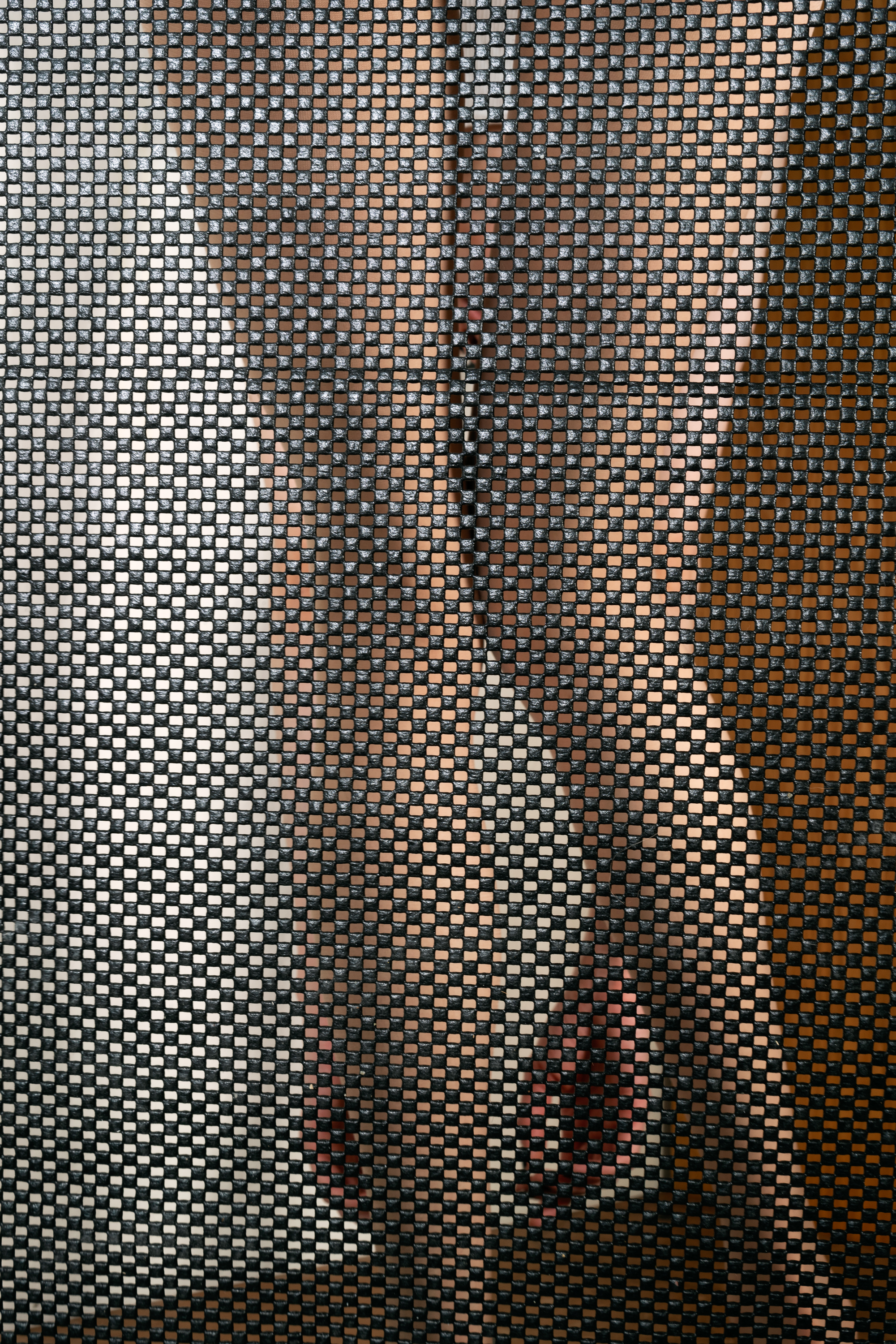





















BFA Thesis Interview
Interview with Julia Underdah
By Kylie Enos
KE Being an artist interested in both sculpture and photography, how do you decide when these two mediums need to be combined or separated?
JU Although similar themes/ideas happen across both, I usually keep them separate. They come together when I do installations and I’m curious about how photographs, objects, and sculptures I have made can live together and reference each other.
KE I notice most of your photographs are taken with a similar setting and color palette. How important is it that these details remain consistent?
JU I think it is important that the photographs are made inside, for example in a bedroom. Consistent color and artificial light is also important. I lean towards fleshy and neutral tones and I don’t mind harsh light or shadows, it emphasizes voyeurism and the shadows can also add layers of body/gesture. When I first started making these kinds of pictures I saw them as typological and still do in some ways which is why they are all vertical. It is a parameter I set because I like to demonstrate multiple ways something can appear while sticking to certain limits.
KE This project investigates how it feels to be in one’s body as a universal idea, I am wondering then is it crucial that these images be self portraiture?
JU Yes and no. I am using my own body and in doing that I have the freedom to do anything I want and reveal anything I want. I don’t feel that I can ask that of someone else. Also it feels really important for me to be doing the action, the performance, these moments that I need to hold for the camera and then kind of collapse when it’s done. In that way, it’s important that I use myself in the images.
KE Since the material object is needed to make a photograph, I am wondering how you pick the objects that appear in this project?
JU I am attracted to both industrial materials and everyday household objects. I find things on the street, or wander the aisles of hardware stores looking for materials and objects I am attracted to. Metal, rubber, wood, and things that recall the body in some way are what I lean towards. I also like things that look like medical tools because then there is already an inherent relationship to the body and experiences that we have in those settings. I like the combination of metal and skin as opposites.
KE Much of the meaning behind this project focuses on the physical whether that be body or object. Is it then necessary to see this project in a physical space [installation]?
JU I think it is really important to see the work in a physical space and to see the photographs in direct relation to your own body as a viewer. Also I think a lot about installation and I think it’s important to see the prints alongside physical objects. If not that then books, which I have experimented with in the past, are another context the images work really well in. I hate having them experienced only through a screen!
KE What is the purpose behind the repetition of certain objects throughout the project?
JU I think a lot about repetition, whether I am repeating objects across multiple different photographs, using triptychs, or having objects in the photographs appear in the physical space before them. I am interested in how an object changes, how it can dominate or conform in different situations, or how it can change depending on where it is and how it’s being used, the different phases of it in real life and in an image.
KE Who are some artists that inspire you to create the work you have been making?
JU Whitney Hubbs is a big inspiration in terms of photography. But most of my favorite artists aren’t photographers. Eva Hesse, Louise Bourgeois, Nancy Grossman, Lee Bontecou, and others are artists I think a lot about, in their material choices, psychological elements, and how visceral their work is. Eva Hesse is like my art hero! I also do a lot of reading. Right now I am reading ‘The Body in Pain’ by Elaine Scarry and it is really interesting to think about how pain [and other sensations /feelings/situations] resist language.
KE As a female artist, do topics of feminism and the female body often intersect with your work, or do you see them as separate?
JU People have brought feminism up in relation to my work probably because in some of the pictures certain things seem really gendered or it is evident that it’s a cis female body but I am not really looking to make a big feminist statement and it’s not what I’m thinking about when making the work. I see how femininity, on the other hand, does come through but I also think the pictures can be androgynous at times.
KE What do you hope viewers take away from these images?
JU When people look at my images I want them to get a visceral feeling, internalizing the sensation that is happening before them. I welcome discomfort or confusion. I want people to physically feel something or to confront something within themselves that they did not expect, tapping into some kind of unconsciousness. It is kind of like a game in that way. I also see some of the work as being humorous and I welcome this response from viewers as well. I love when I am making something and I start to laugh because of how bizarre it is.